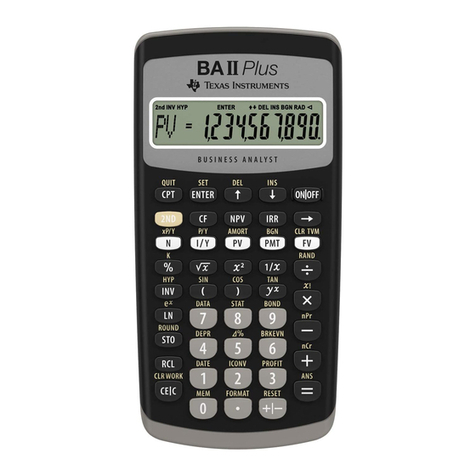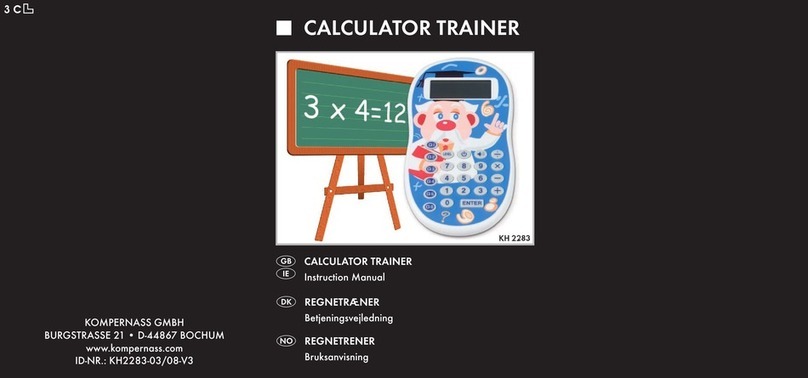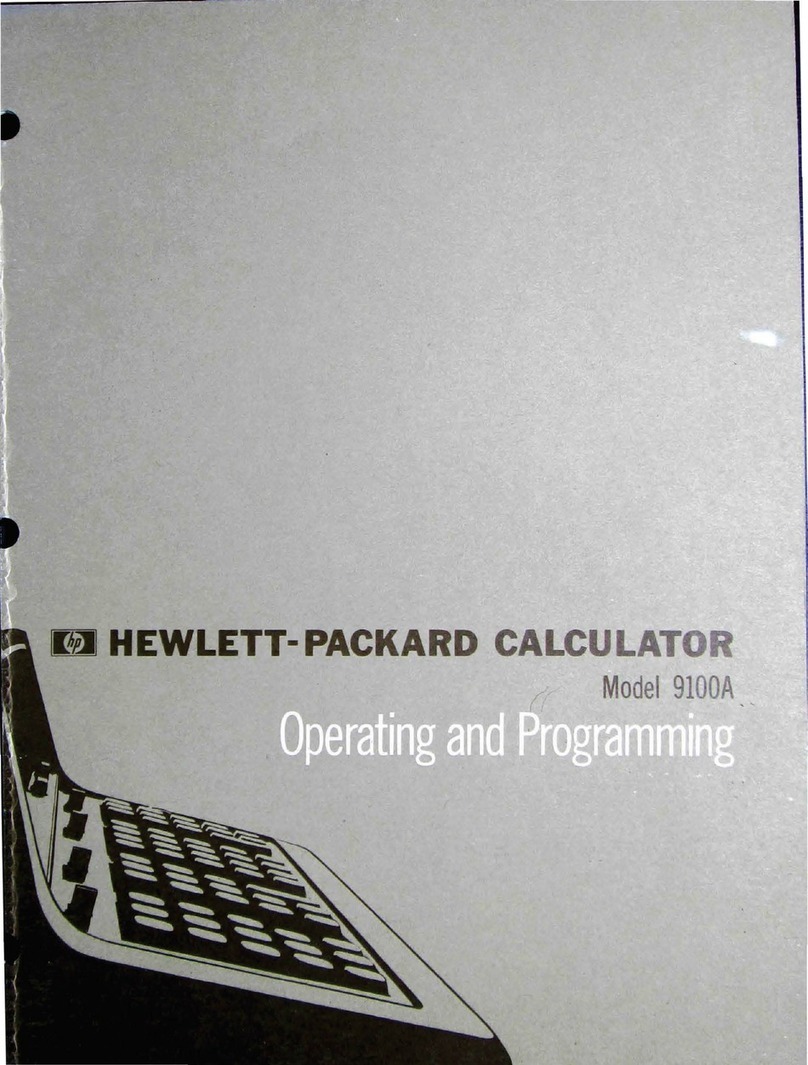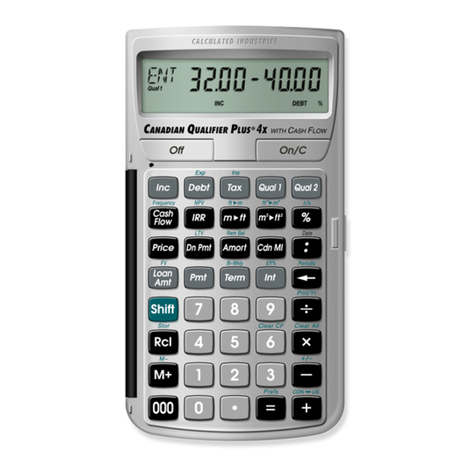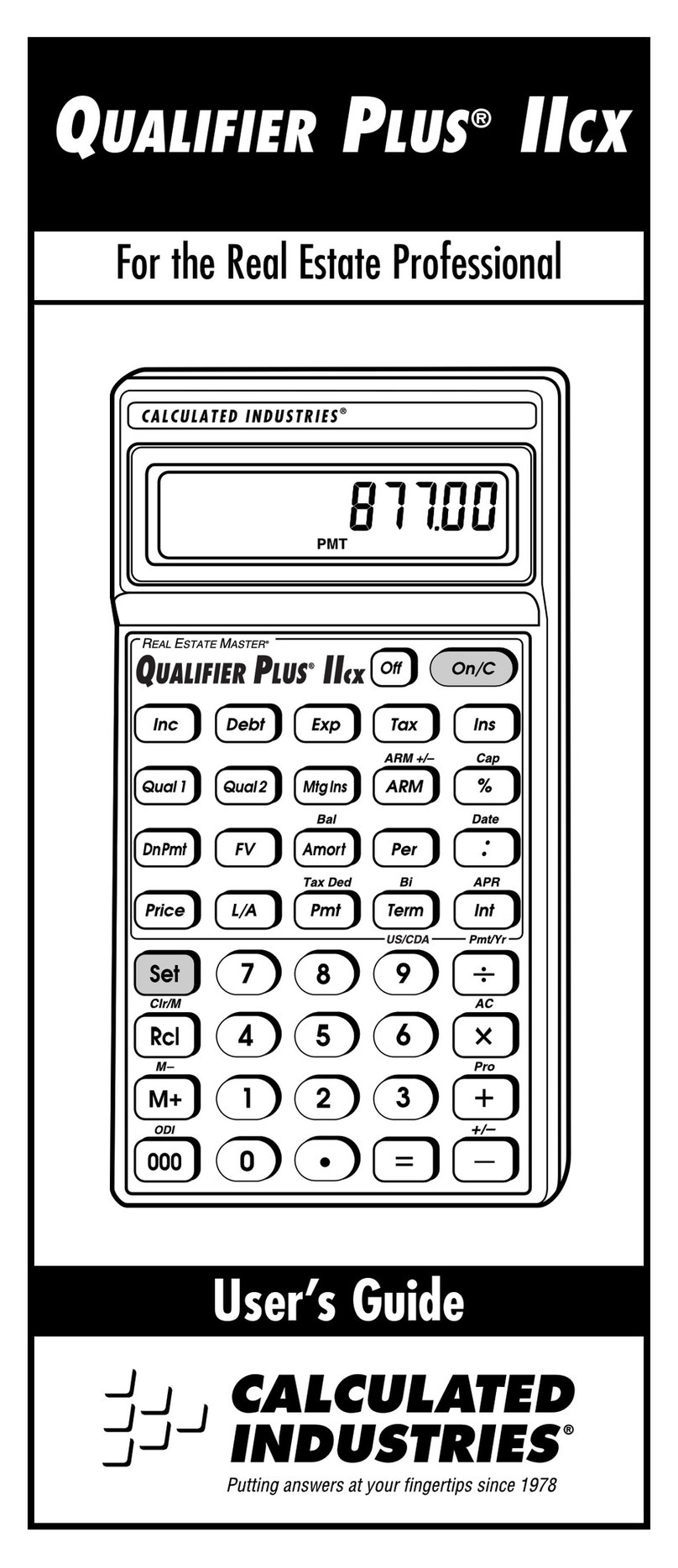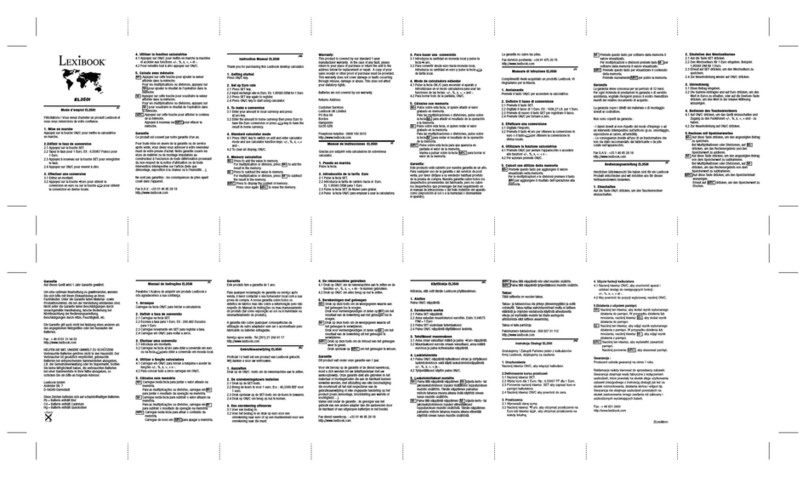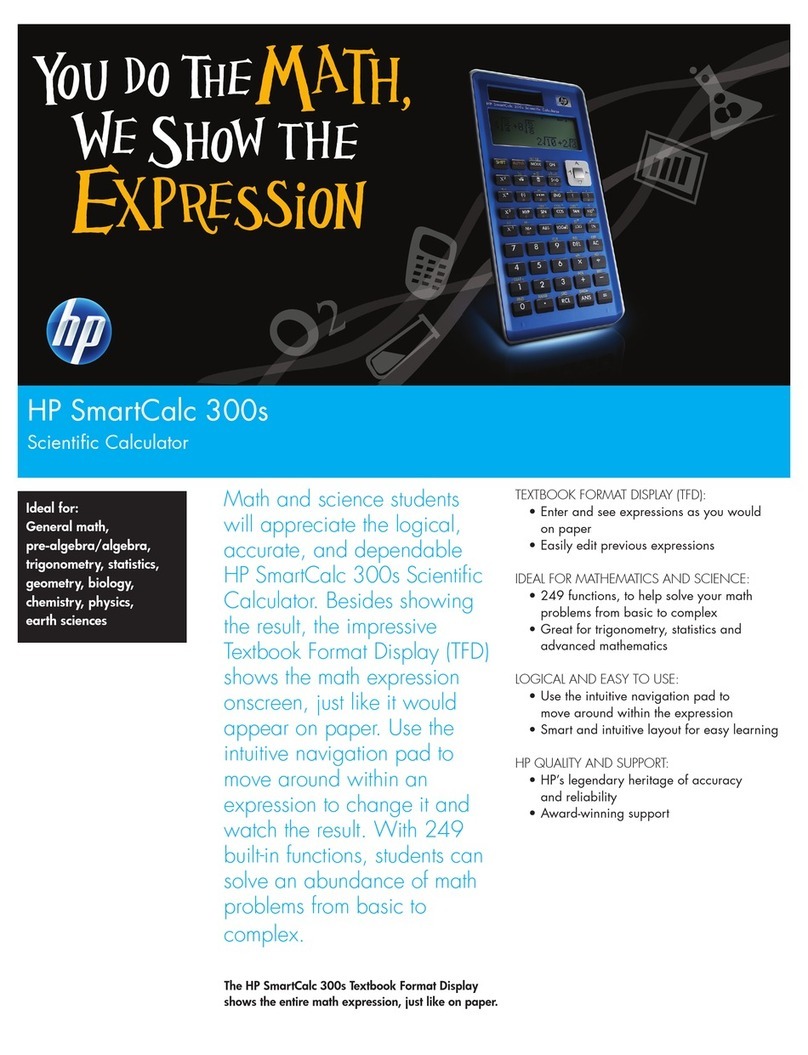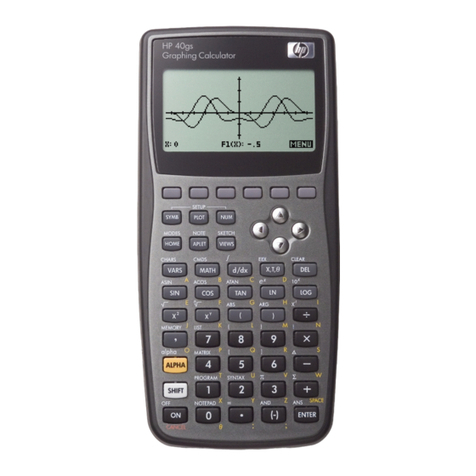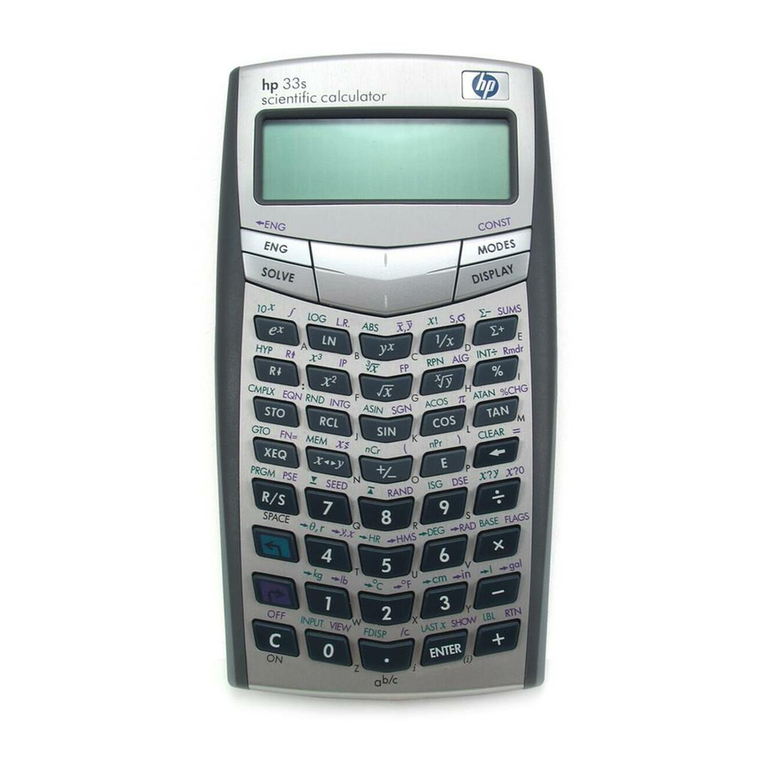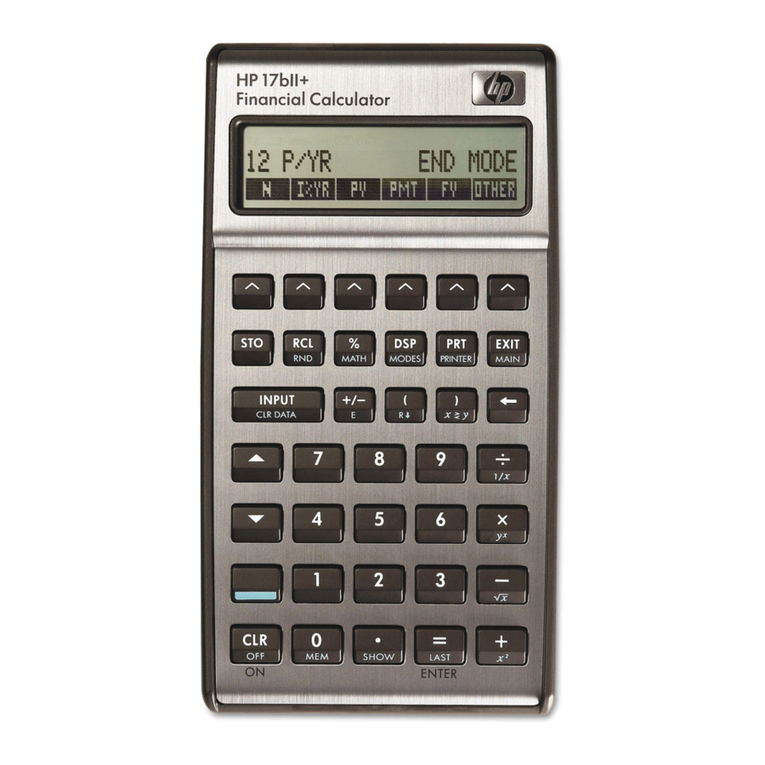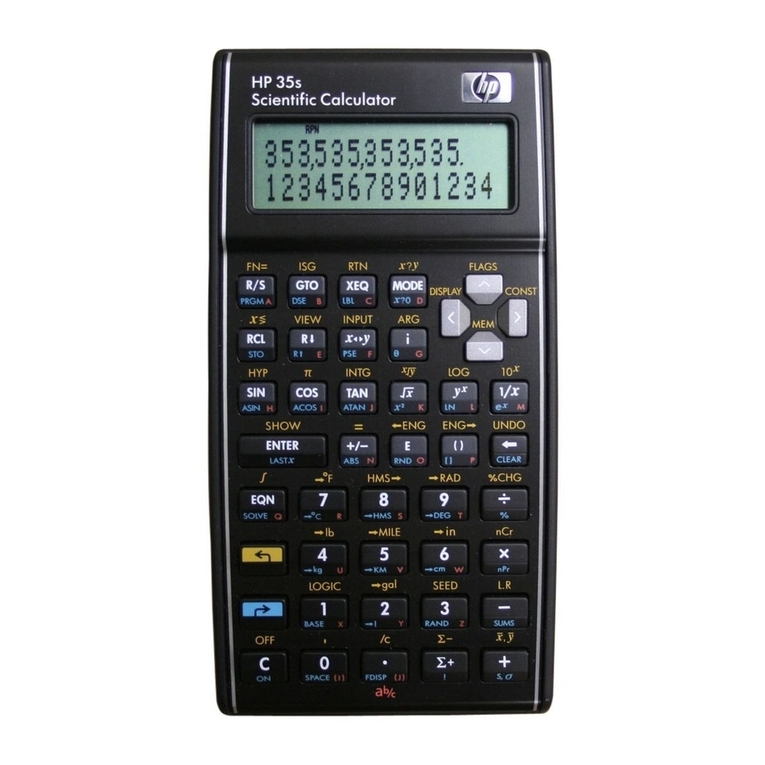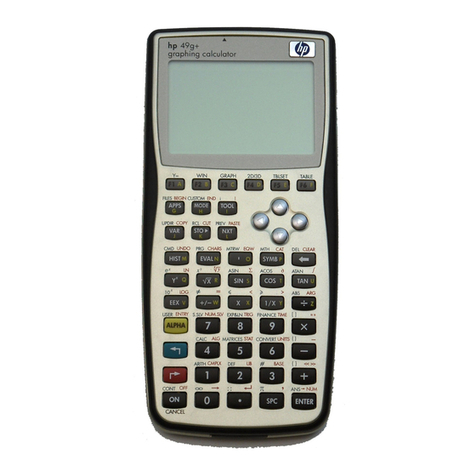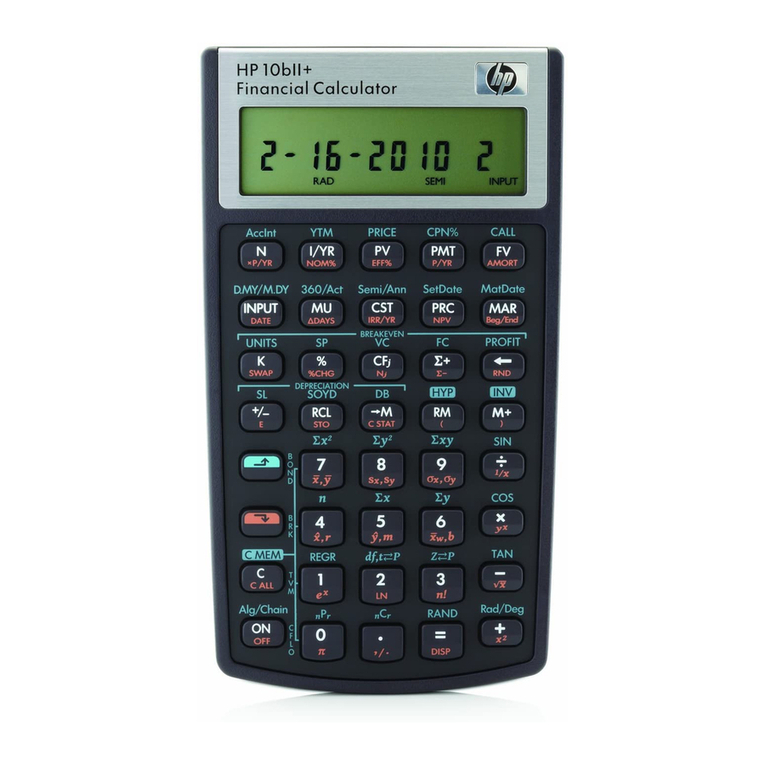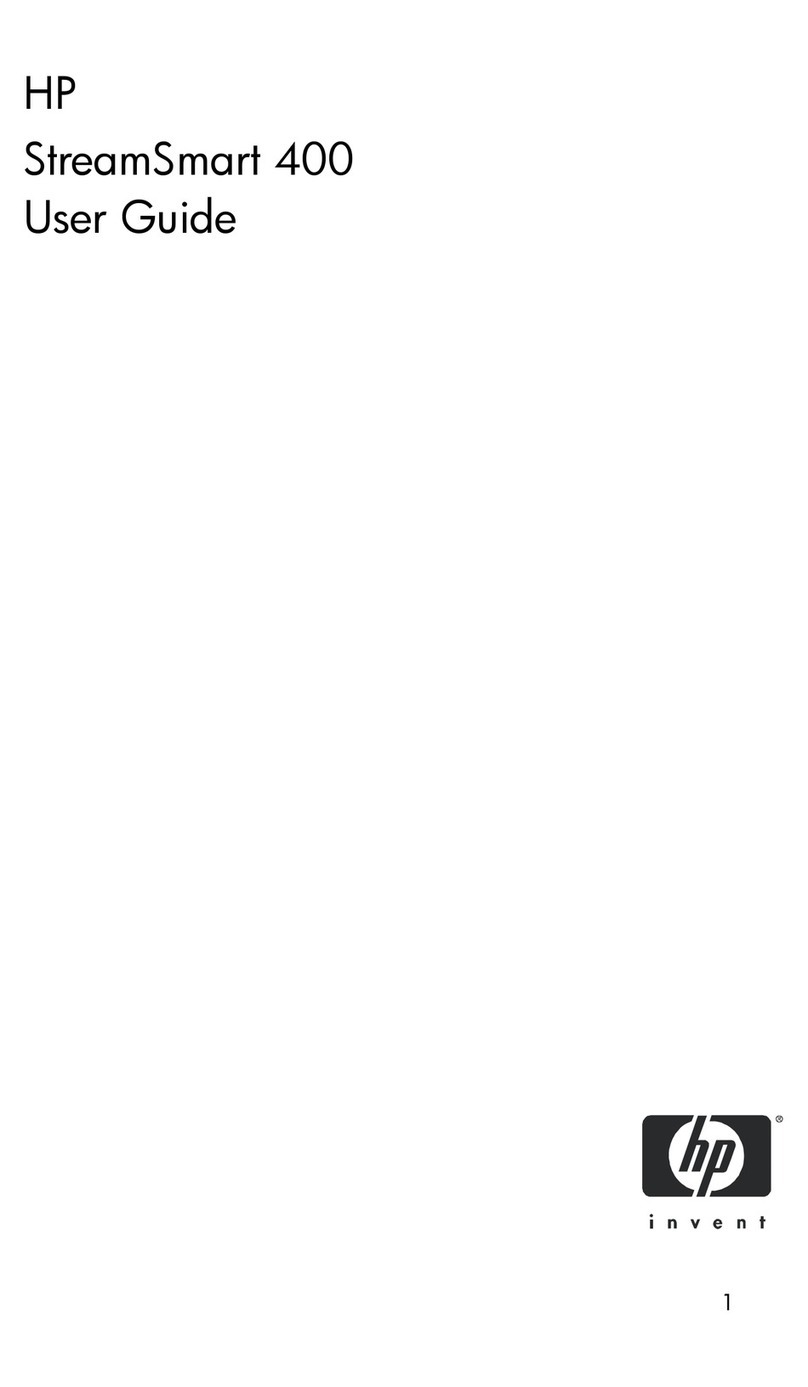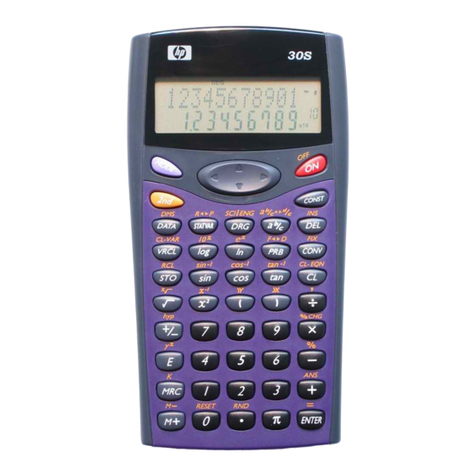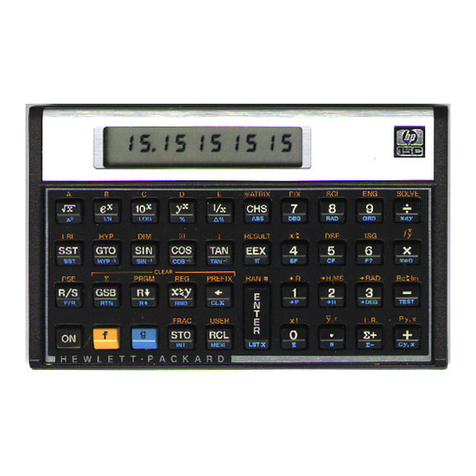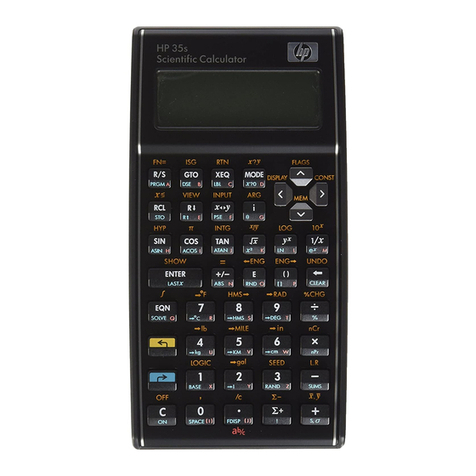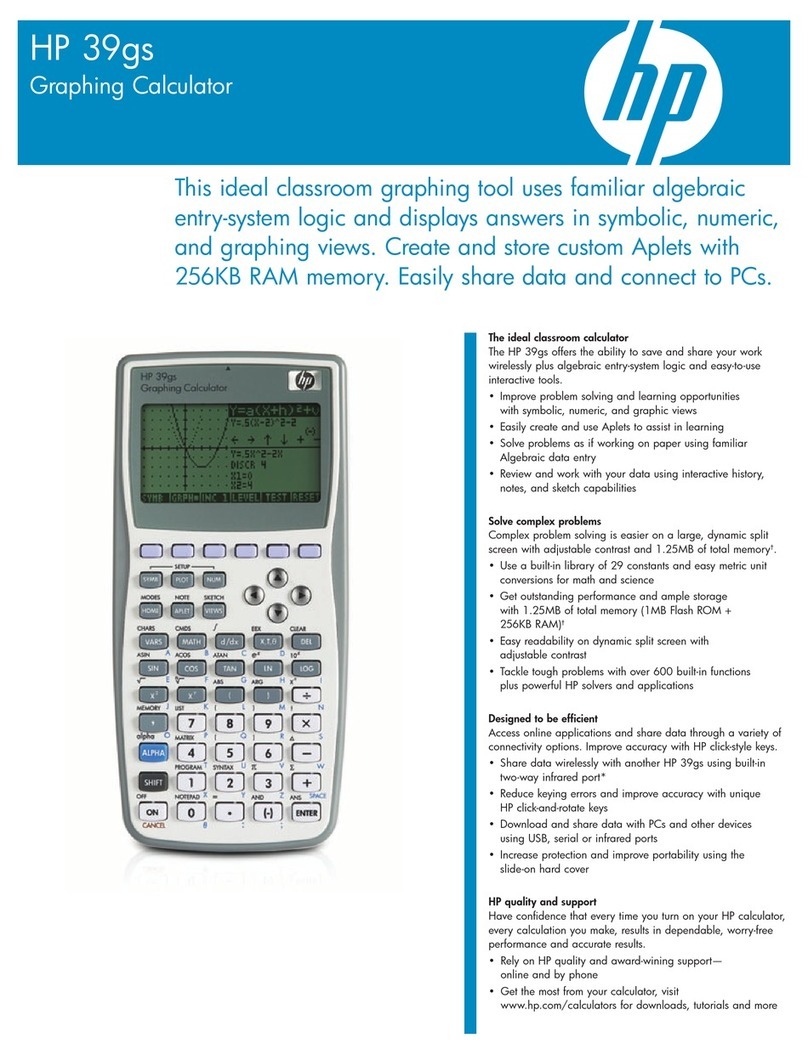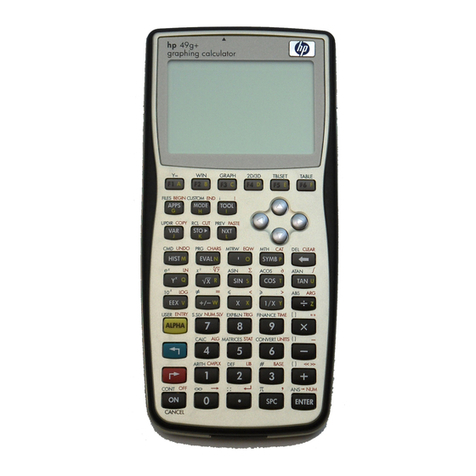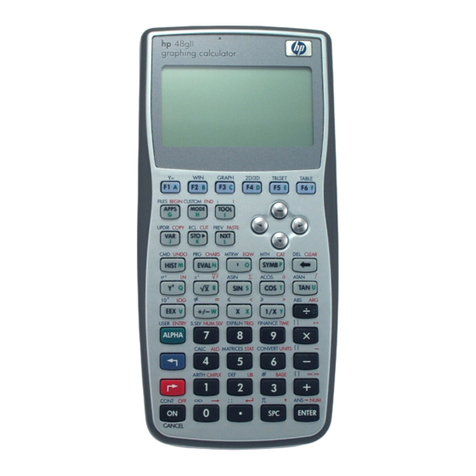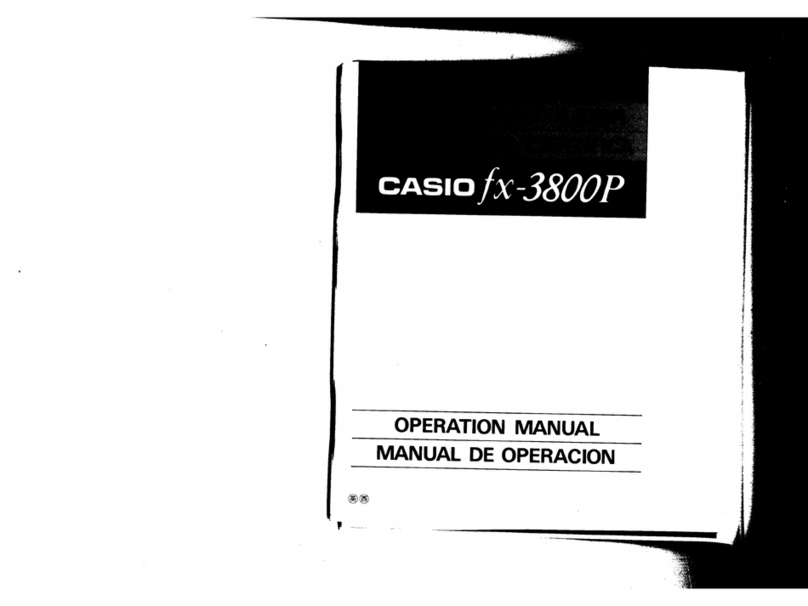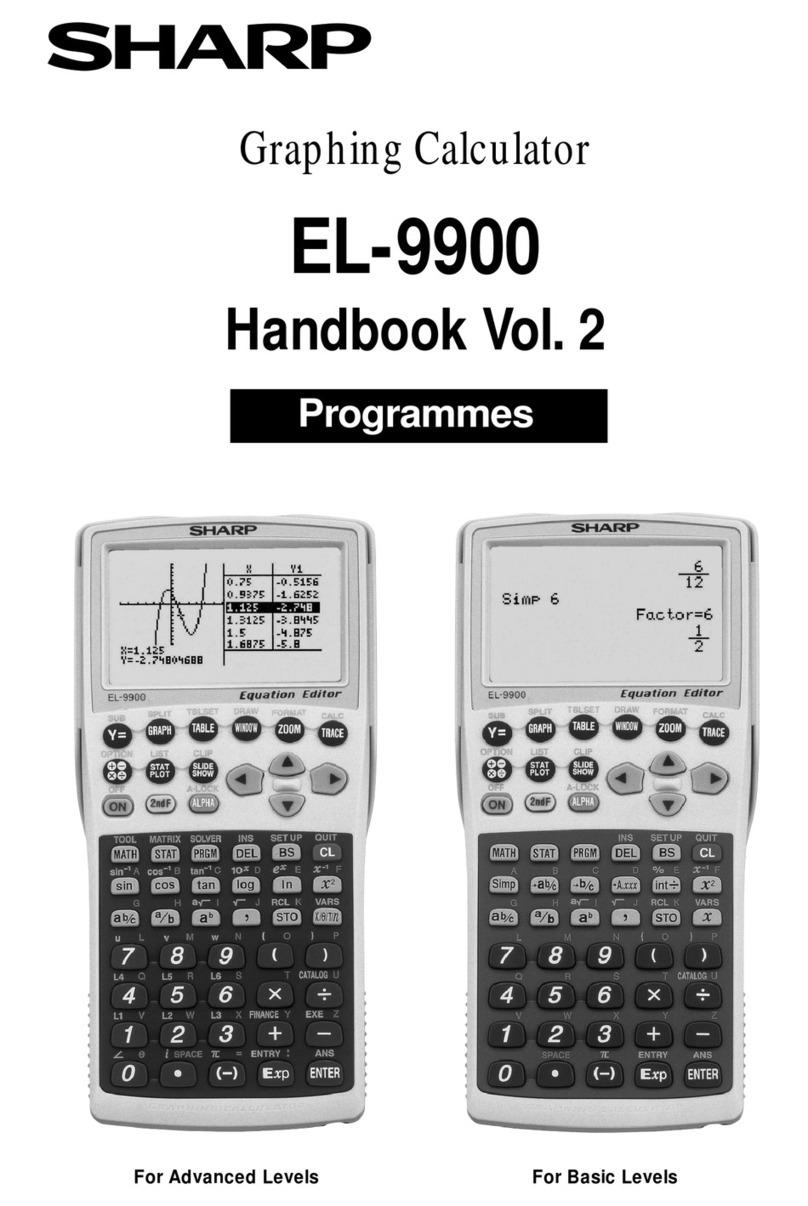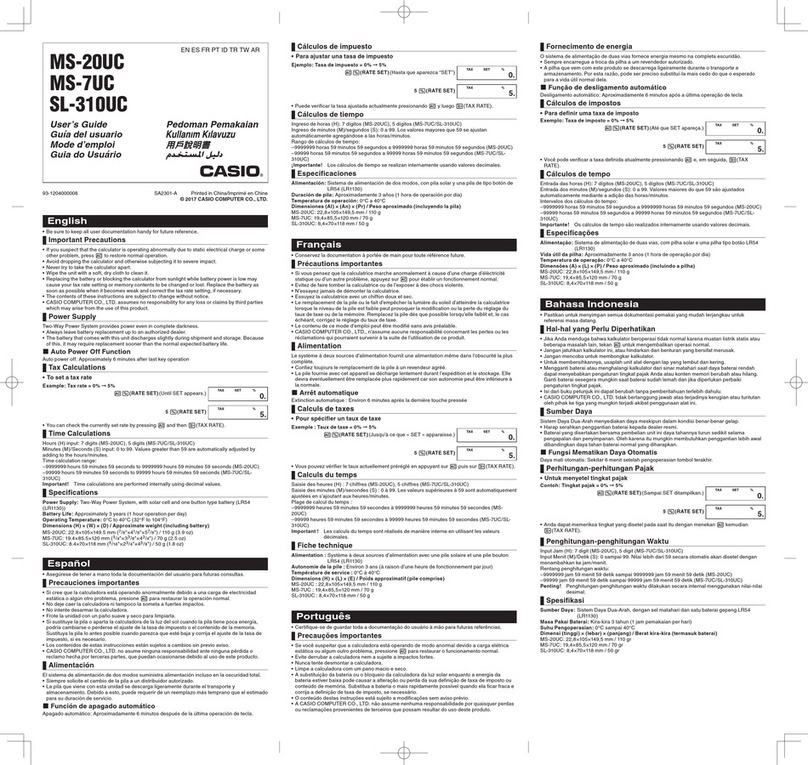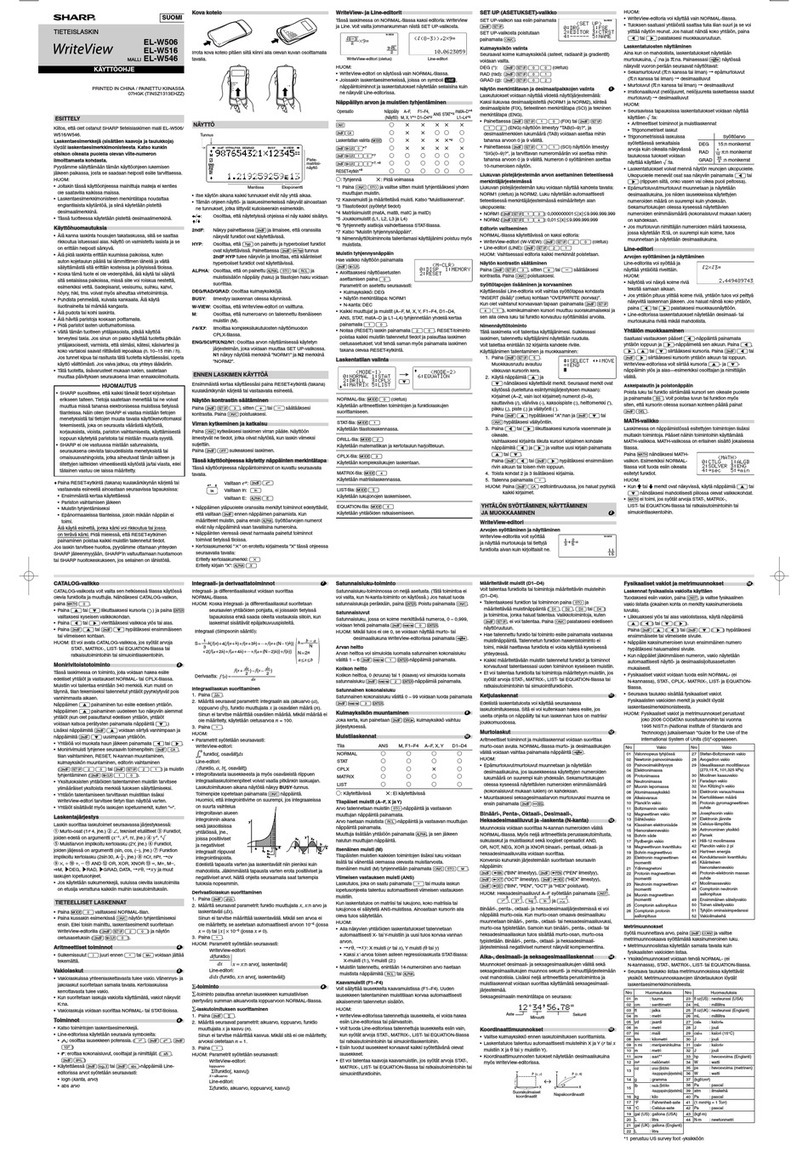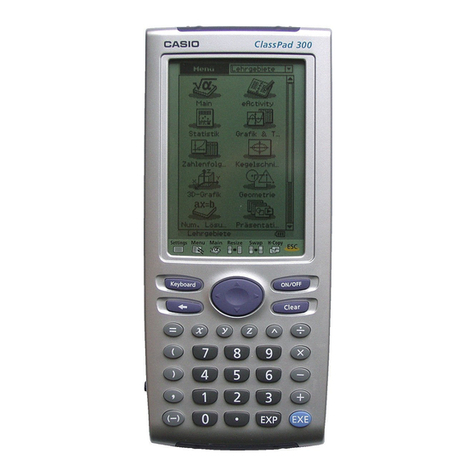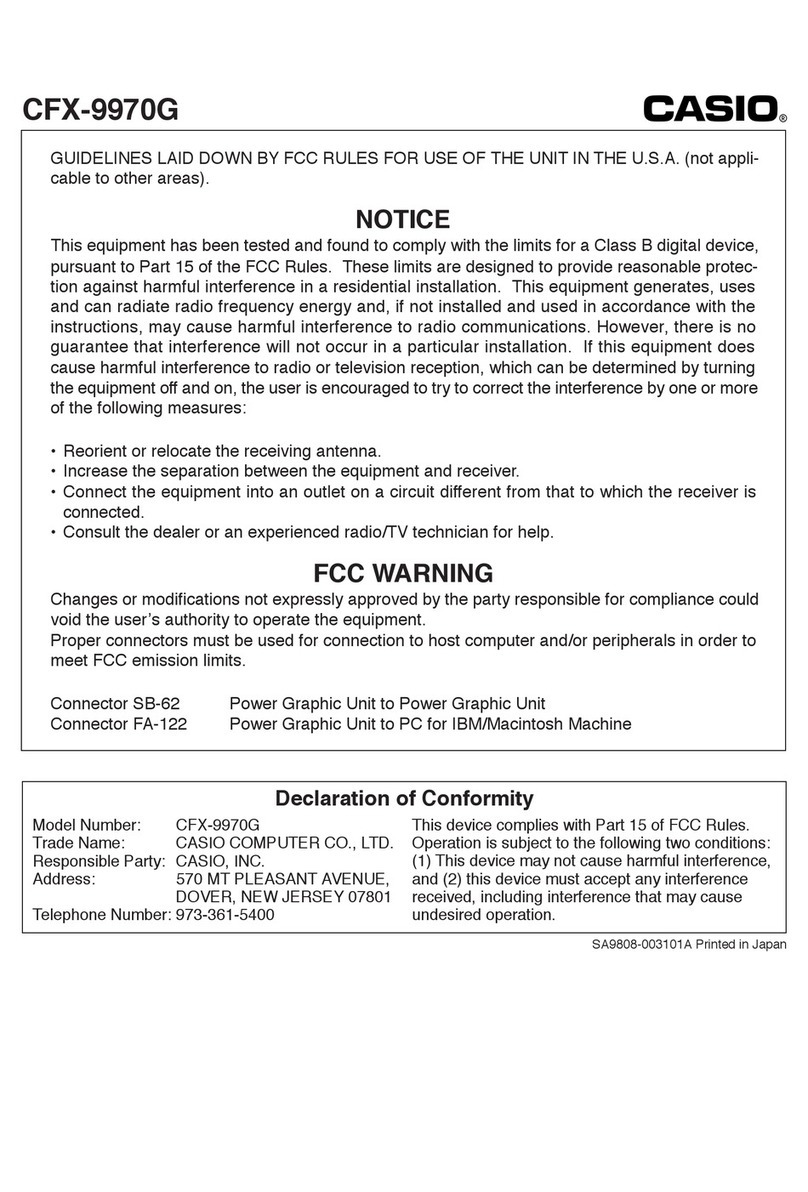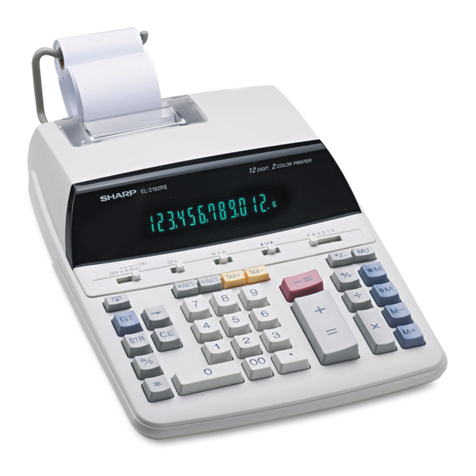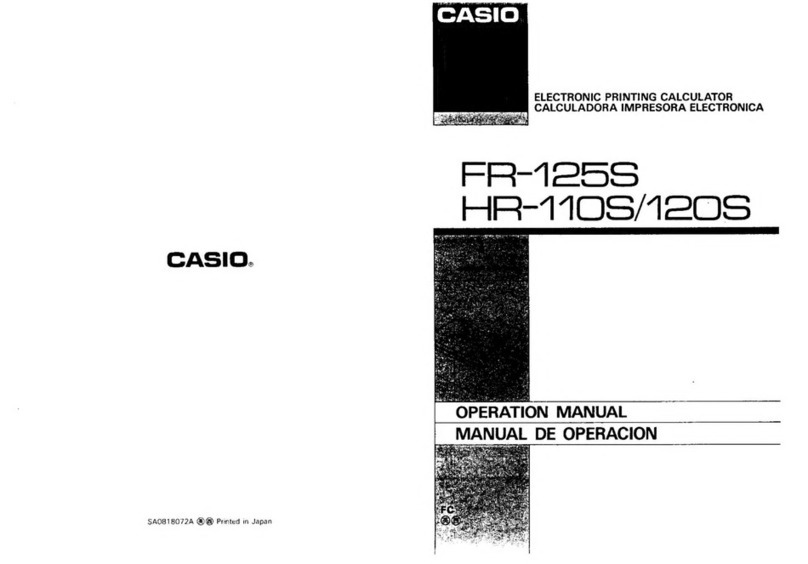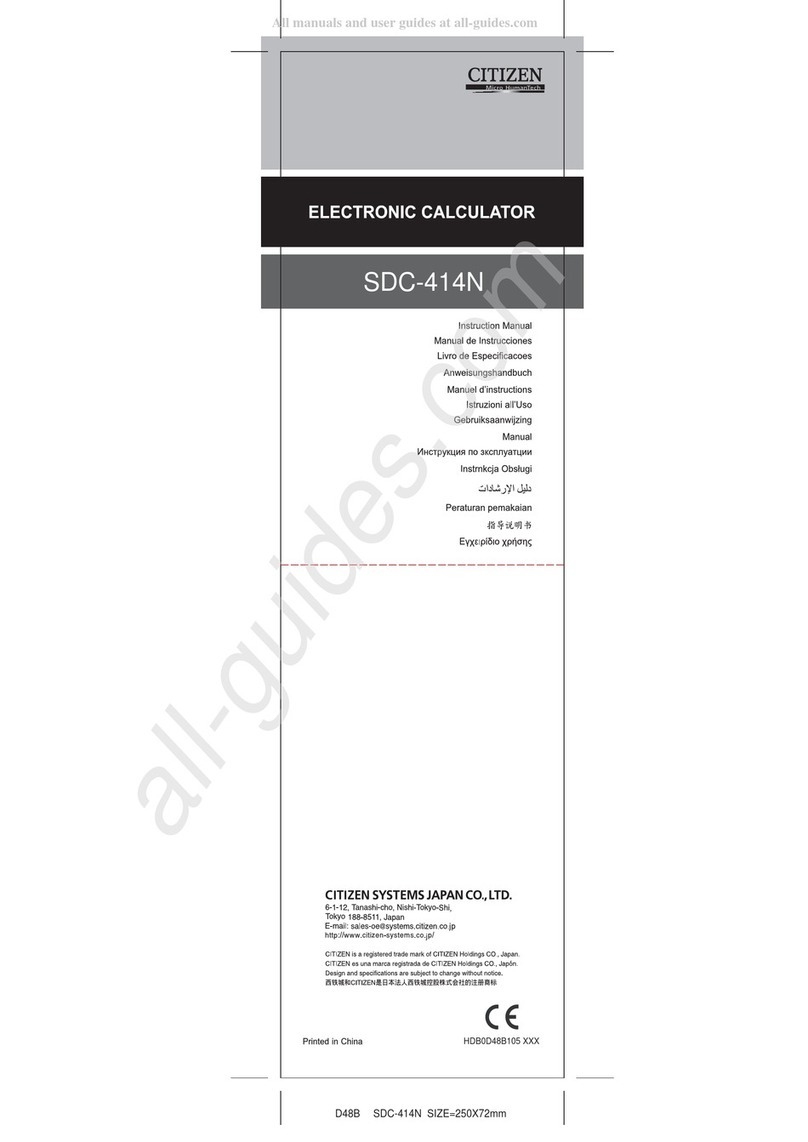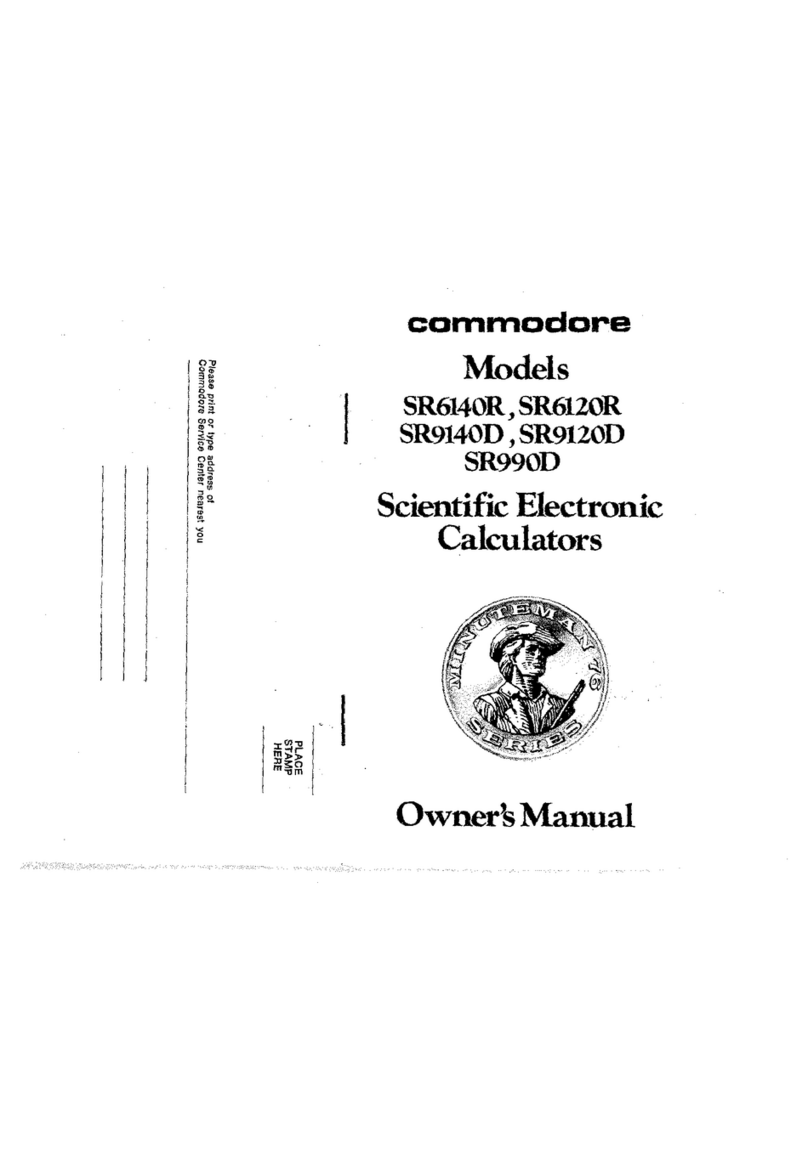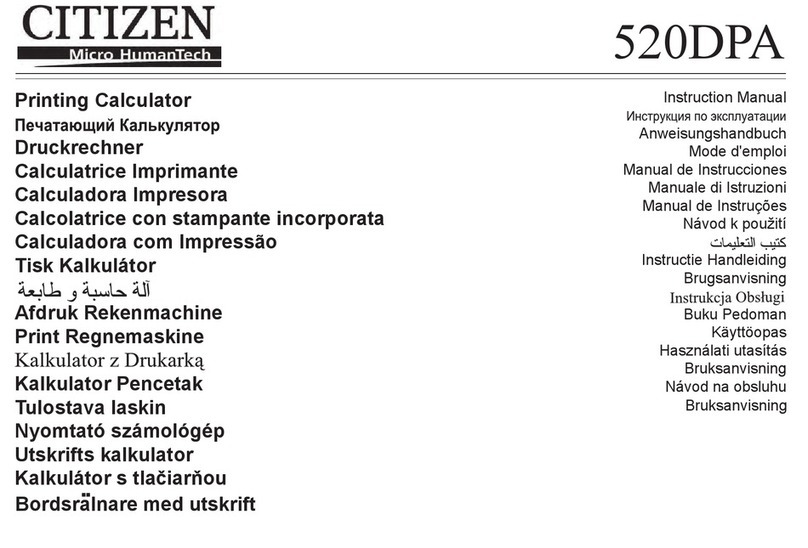
..
11
P EFACE
OW
TO
US
THIS
MANUAL
This manual may
be
used in two ways;
1. as a textbook
from
which
to
learn how to use and program
your
calculator, and
2. as a
'quick
-reference',
to
determine what a
particular
key
or
svvitch will do and the purpese
for
which
it
may be used.
As
a textbook,
the
manual progresses in a learn1ng sequence
which presupposes no previous experience with
this
type
of
calculator
or
with
programming.
For 'quick-reference' the key index on Page iv is used
to
locate
the
required key
or
switch in
the
text. Each key is
briefly
described in bald
print.
This is followed by a more detailed ex-
planation with examples which
illustrate
what
the
key does and
the purposes
for
which
it
may
be
used.
FROM
9100A
TO
91008
I I
For the benefit of
91008
users who have previously used and
programmed only
the
9100A
Calculator, here is a
briet
sum-
mary
of
the
91008
features and characteristics which
differ
from
those
of
the 91
OOA.
1. The
91008
has a Iarger programmable memory which is
divided into two pages,
the
( + ) page and
the
(- ) page
(see Pages 8 and
57)
.
The (
-t
) page consists of
16
registers designated (
-t
) 0
through
(+ ) f ; these are identical to
the
0
through
f
registers
of
the 91
OOA.
The ( ) page consists
of
16
similar
registers, (- ) 0
through
( ) f .
The sign of
the
page (-:-
or
- ) is required
for
addressing
the
memory and
for
branching between pages;
the
sign
is not required
if
the branch is to
an
address
on
the
same
page
as
the branch
instruction
(see 'GO TO' key on Page
68
).
